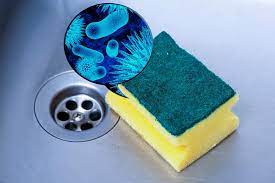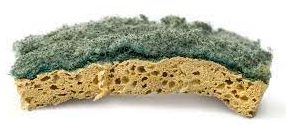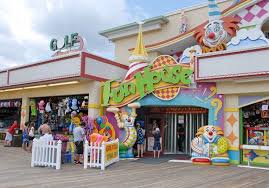The Kitchen Sponge Dilemma

April 13, 2022
A sponge is a kitchen item most people don’t think twice about using. But is this ordinary object truly useful for cleaning? Ironically, the kitchen sponge is a prime habitat for bacteria.
Sponges are moist, airy, and covered in food scraps, which makes them a paradise for microbes. Due to their texture and number of small and large holes, sponges can host a diverse range of bacteria.
Luckily for us humans, it is rare that these little dishwasher microbes are dangerous to the body, but it is not impossible. A diverse number of microbes call sponges home, such as the bacteria E. coli. Most E. coli are harmless making them one of the less threatening microbes. On the other hand, salmonella can cozy up on sponges used to clean something containing raw chicken. Salmonella can cause harm to the body such as a fever and stomach cramps. When using a sponge, avoid cleaning plates and cutting boards that could have raw meat on them.
In a study conducted by scientists at Duke University, it was discovered that sponges are very similar to soil. Their structure is very alike, both offering an ideal collection of different-sized air pockets for bacterial  communities. In this way, all different types of bacteria can coexist in one area. It was found that the bacterial community growing in the kitchen sponge was more diverse than one produced in a petri dish, which is designed to host bacteria!
communities. In this way, all different types of bacteria can coexist in one area. It was found that the bacterial community growing in the kitchen sponge was more diverse than one produced in a petri dish, which is designed to host bacteria!
Experts recommend microwaving your kitchen sponge for one to two minutes to minimize bacterial growth. Heating the sponge can weaken or kill the microscopic colonies of bacteria and can help reduce the odor some sponges emit. The household kitchen sponge should also be changed every couple of weeks. These simple and effective methods can help keep your washing area clean and unwanted bacteria at bay.




